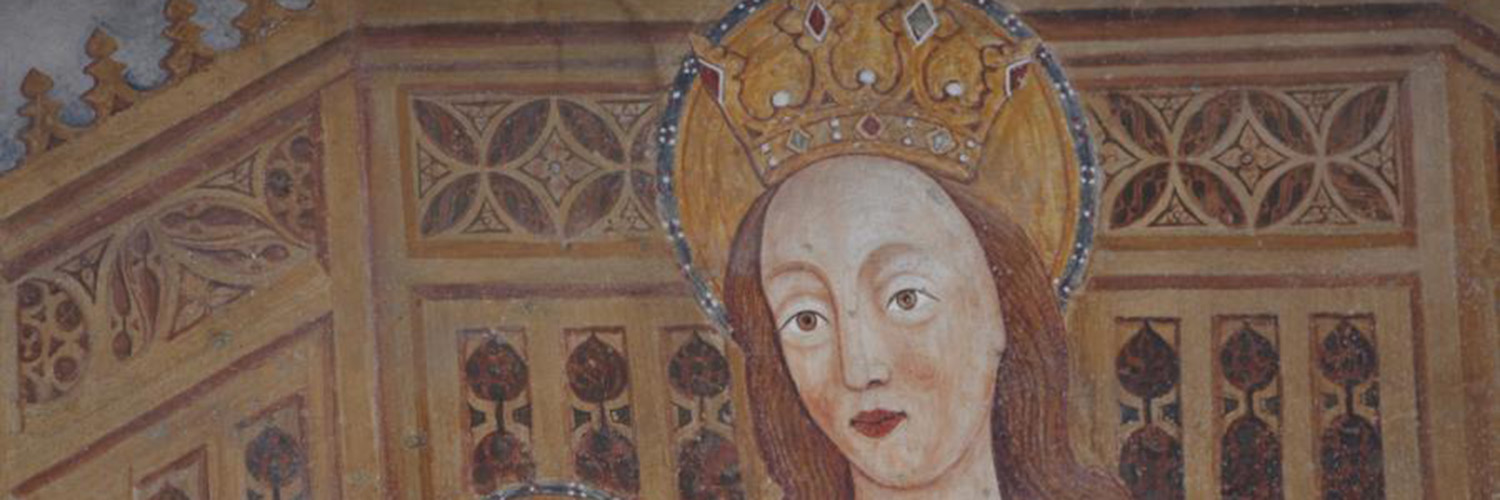Cenni storici
Ultimo aggiornamento: July 28, 2025

The Carthusian Monasticism was founded by Saint Bruno. In 1084, he requested and obtained from Bishop Hugh of Grenoble a rugged mountainous area where, with the help of a few companions, he founded what would become one of the largest Charterhouses in France, the Great Chartreuse of Grenoble. The Carthusian Order reached its peak in the 14th century, counting in Europe 168 male monasteries and 12 female ones. St. Bruno could not enjoy the solitude of the Chartreuse for long, as in 1090 he had to leave for Rome, following the will of Pope Urban II, who wanted to surround himself with trusted people, even elevating him to the rank of Counselor. However, shortly after, he was forced to follow the Pope to Calabria, pressed by the troops of Emperor Henry IV. After refusing any other type of appointment, he obtained from the Pope the license to retire to a mountainous and solitary place where, with the help of Count Roger, lord of the region, he established the Certosa of Serra S. Bruno.
Upon his death on October 6, 1101, Bruno was canonized and his body was transferred to the Great Chartreuse.
Around 1189, some French monks from the Chartreuse decided to detach themselves from their mother house and obtained from Count Thomas I of Moriana the territory of Losa above Gravere.
Here they built a small monastery, probably with the intention of enlarging it later. Perhaps the excessive proximity to the city of Susa changed their intentions, considering the area no longer suitable for their needs.
The generous Count Thomas again assigned a vast area of land above Villar Focchiardo, named Mount Benedetto.
Thanks to the work of Father Guido, (who was the first abbot of Losa) and his monks, the construction of a primary House of God began, and after years of commitment and hard work, the entire complex of the charterhouse was completed.
Nothing is known regarding the material construction of the buildings. This gap is common to almost all ancient charterhouses, which does not allow us to satisfy curiosities regarding techniques, construction times, economic resources, architects, and workers. Furthermore, even the exact date of the foundation remains unknown to us.
The Carthusians inhabited the area for nearly three hundred years. Over time, however, the Carthusian community had shifted its interests from forestry and pastoral activities to the fertile lands of the valley floor.
In this new context, the location of the Certosa found itself in a position that was too decentralized, which is why the prior brother François de Pratis repeatedly requested from the General Chapter the possibility of moving to Banda (a service building of the charterhouse, located in Villar Focchiardo) to better manage the new interests. Despite the latter's refusal to grant the transfer, five cells were prepared in Banda to serve as emergency shelter.
In 1473, an extraordinary flood of the Fontane stream severely damaged the Certosa of Montebenedetto. The monks' cells were completely destroyed, and a terrifying landslide dragged down the administration building of the community for over 50 meters.
In light of this situation, the General Chapter finally approved the transfer to Banda, which officially took place in 1498.
The Certosa of Montebenedetto was reduced to a building for forestry and pastoral activities (grangia) and entrusted to the procurator until its confiscation during the Napoleonic period.
On June 5 1598, the monks of Montebenedetto moved to Avigliana, where they owned a church dedicated to Our Lady of Grace and settled in the convent of the Humiliati, whose order had been suppressed. However, their stay in the new residence was of short duration. In 1630, in fact, King Charles Emmanuel I, engaged in a war against France, had the convent demolished to build bastions for the defense of the city.
The Duke of Savoy, who had committed to finding a new location for the monks, died before he could honor his promise, an event that forced the religious to return to Banda.
However, the desire to return to Avigliana was still alive in the hearts of the monks, so much so that they undertook the reconstruction of the church destroyed by the king, which was officiated as early as 1638.
But their pilgrimage was not yet concluded.
Around 1640, in fact, the regent Madama Cristina, returning from a visit to the Grand Chartreuse in Grenoble, was driven by a renewed fervor towards the Carthusian order, leading her to issue an edict in 1641 for the foundation of the Royal Charterhouse of Collegno. The construction of the building dragged on for almost ninety years amidst a thousand vicissitudes; nevertheless, as early as 1647, the Carthusians of Montebenedetto were called to relocate.
Their story concluded with the French invasion at the end of the 1700s. Religious orders were dissolved, and their properties confiscated.
After the restoration, some monks returned to Collegno, but after a few years, the community dispersed permanently, and the Royal Charterhouse was repurposed as a mental asylum.